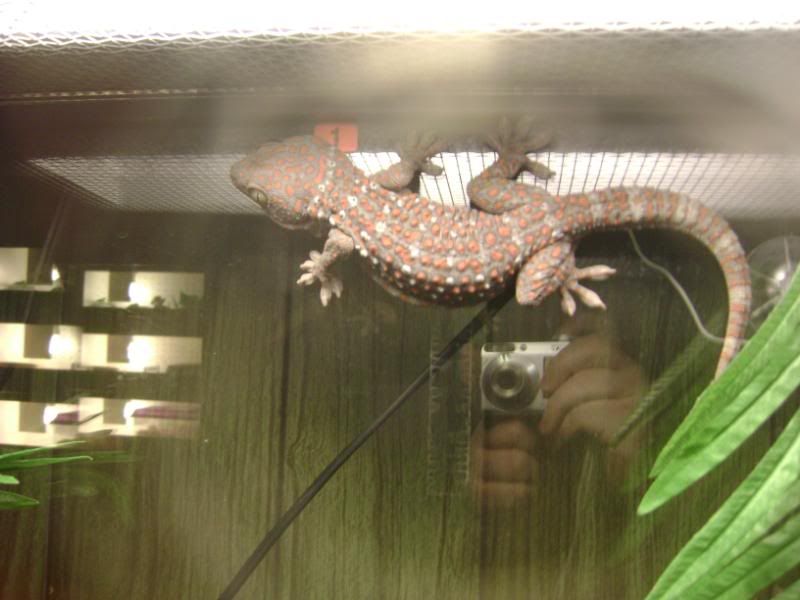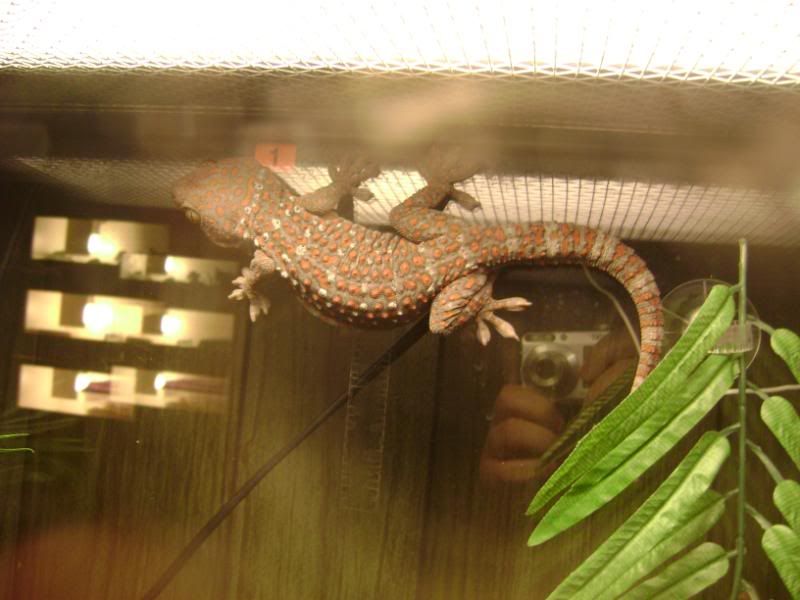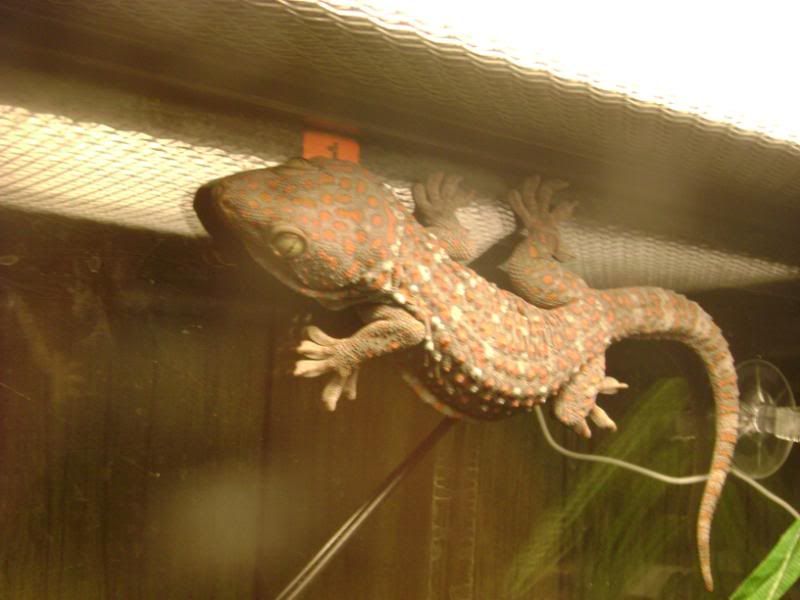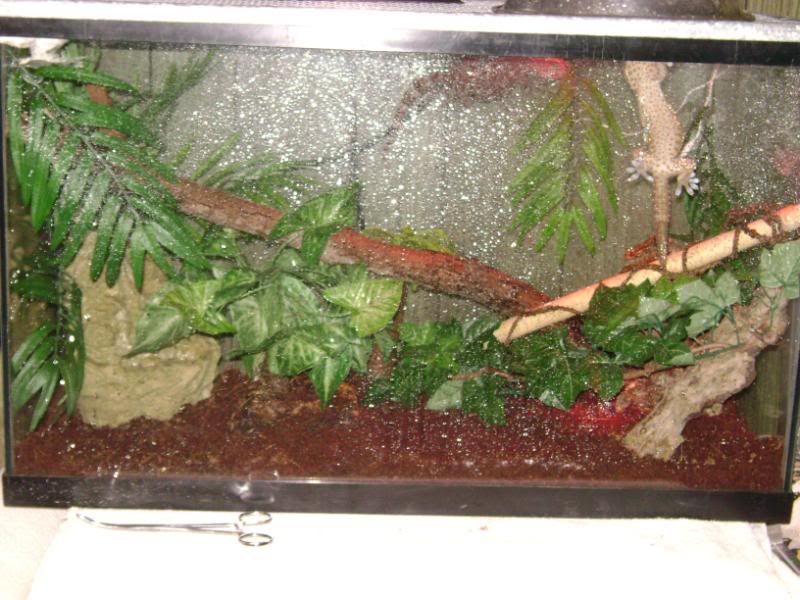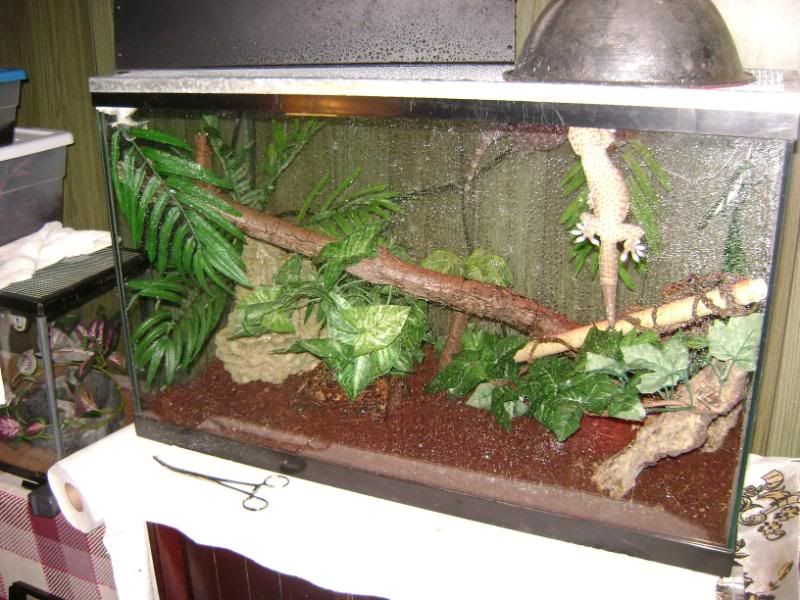IME tokays find one of a couple places that they seem to prefer and thats where they spend 98% of there time. Tokays are NOT as active as you seem to think for some reason. We all have are own experiences and opinions but dont come here acting like a know it all and tell me im not caring for my tokays properly.
Sorry, I do not want to quarrel, but I disagree. You are quoting personal experiences. Well, I have kept and bred tokays since about 30 years and I have kept them in everything from 40 to 1100g, giving me the right to say, I have seen the differences.
And yes: They have a preferred resting place, where they spend their inactive time and yes, in (too) small enclosures they do absolutely behave like you describe.
But in large ones, they spend many hours each night roaming around-like they do in the wild, if you have ever seen them there. This personal observation stands behing your "some reason".
Of course they are not mammals and thus activity is of course reptile like, meaning a mixture of inactive and active phases. But they clearly make a lot of use of even the largest cage.
Also, I do not say, 500 or more g are a must - just for practival reasons I do not stick to that.
65 or better 100g are a reasonable compromise, no doubt. But the cage has to be at least 4 ft tall. I stick to that.
Poor tokay which has to spend decades in a cage, where he never can run a distance longer than 2-3 x ist own size.
So sad that they are hardy enough to survive in even the most inappropriately sized enclosures. A chameleon of similar size but of a much less active species than a tokay would die soon in such a small tank. Tokays stay healthy and strong-but in herpetoculture they do not benefit from their disposition.
Again: No doubt they are arboreal. Arboreal means, they are climbers and avoid to stay close to the floor. In a tank less tall than twice their lenght, they are forced to stay close to the floor and can never run verticvally. That is a fact and definitely is far from being close to their needs - if you want to hear it or not.
Sadly, people tend to ignore or even shout down things, opinions or facts which do not fit their husbandry conditions rather than trying to improve the latter.
A -way too - familiar observation.
To me that is very sad and I keep saying my opinion on such philosophy. You may beleive it or not: I am not alone. Rather my opinion lies within the main stream philosophy on herping in my country.
This is an open forum and I see no reason not to post my opinion, if you like it or not.
Especially if it is based on long standing expereinces (you might be interested in knowing, that I am writing a book on husbandry of Tokays and related species. And I do that because I was asked for. For time restraints, I am terribly slow, but it still will appear ). During my studies of biology ( I am hiolding a phD), I spend a lot of my extra time on herpetology and herp ethology and I always try to make use of the knowledge aquired when it comes to setting up my tanks.
Please think twice about what makes you so upset, reading my posts. Are you really convinced, your setup is recommendable for tokays.
I do not want to blame anyone -sometimes you may get the impression, because some setups really make me upset, but finally my intention is to improve herpcare- , but no one stops me from raising fingers, I f I feel the need.
Ingo

